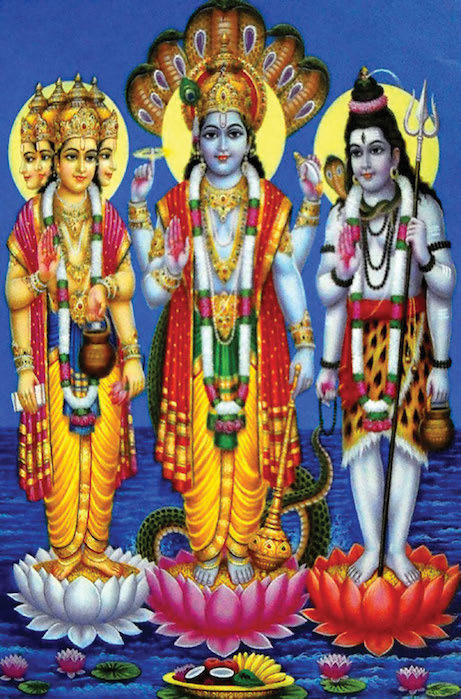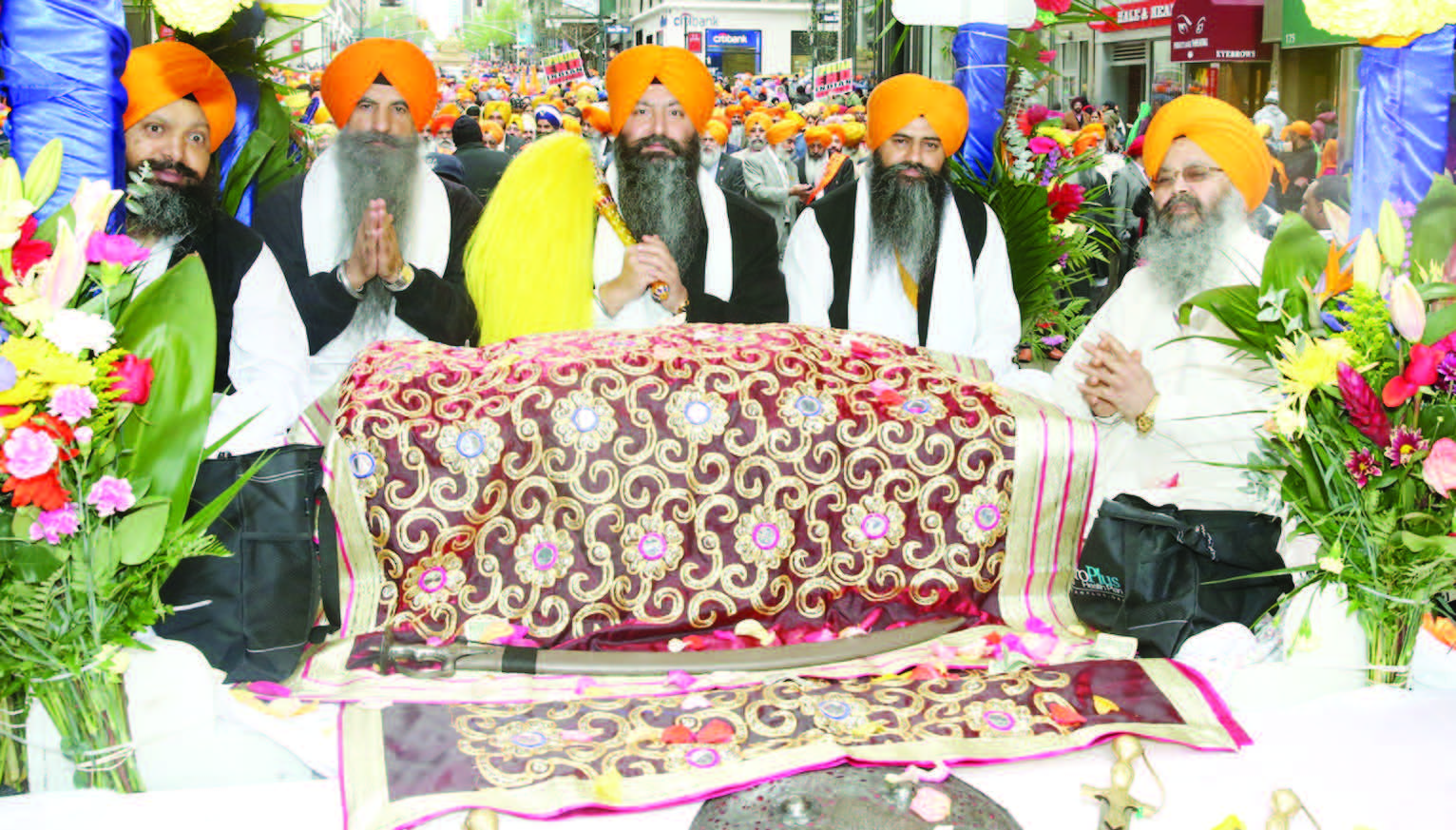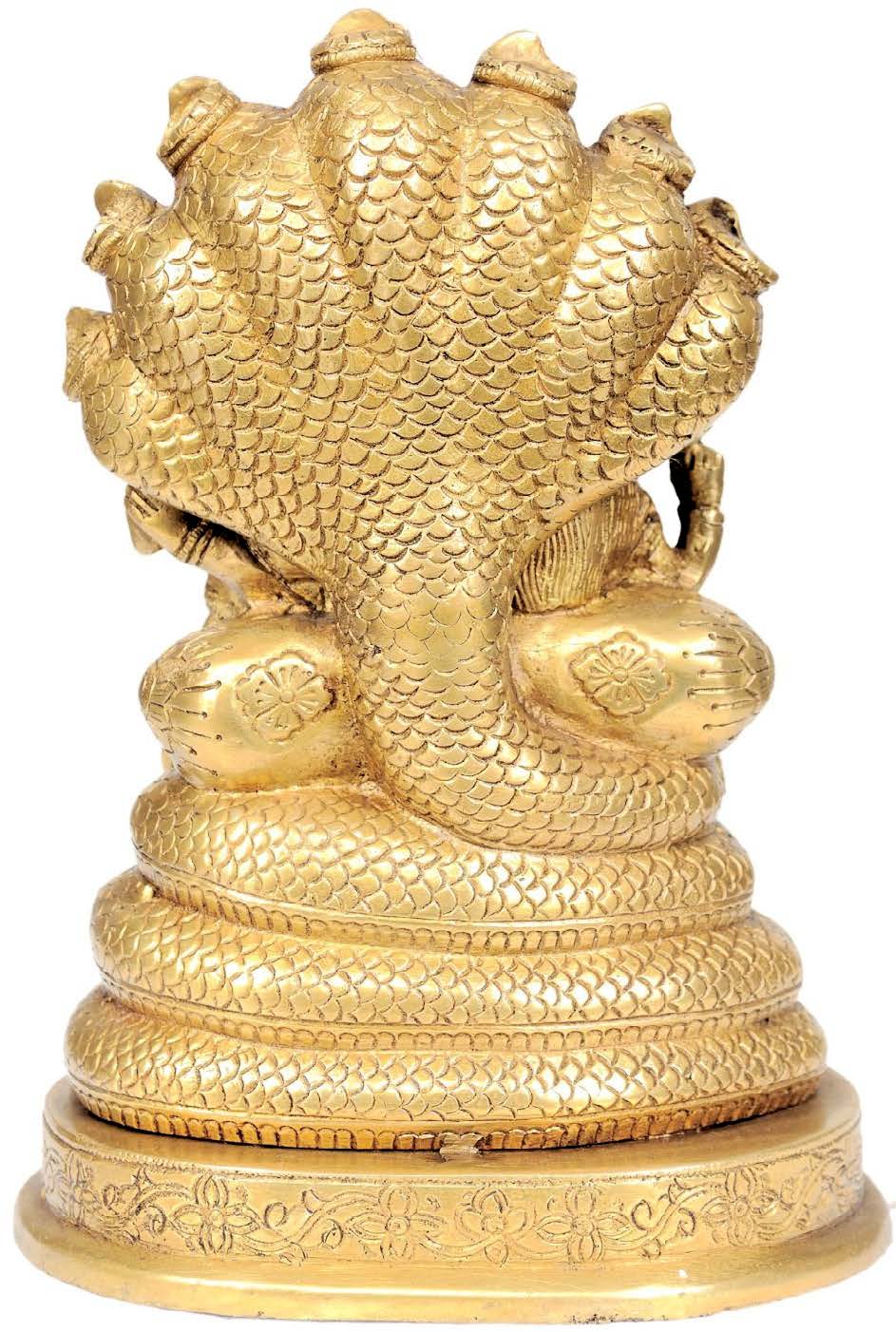
In the Rig Veda the goddess Usha is consistently associated with and often identified with the dawn. She reveals herself in the daily coming of light to the world. She has been described in the Rig Veda as a young maiden drawn by one hundred horses. She brings forth light and is followed by the sun who urges her onwards. She is praised for driving away, or is petitioned to drive away, the oppressive darkness. She is asked to chase away evil demons. As the dawn she is said to rouse all life, to set all things in motion and to send people off to do their duties. She sends the curled-up sleepers on their way to offer their sacrifices and thus render service to the other gods.
Usha gives strength and fame. She is that which impels life and is associated with the breath and life of all living creatures. She is associated with, or moves with cosmic, social and moral order. As the regularly recurring dawn she reveals and participates in cosmic order and is the foe of chaotic forces that threaten the world. Usha is generally held as an auspicious goddess associated with light and wealth, and is often likened to a cow.
In the Rig Veda she is also called ‘the mother of cows’ and like a cow that yields its udder for the benefit of people, so Usha bares her breasts to bring light for the benefit of human kind. Although she is usually described as a young and beautiful maiden, she is also called ‘the mother of the gods and the ashwins’. Considered as mother by her petitioners she tends to all things like a good matron and goddess of the earth. She is said to be ‘the eye of the gods’ and is referred to as ‘she who sees all’, but is rarely invoked to forgive human transgressions. It is more typical to invoke her in times of need to drive away or punish one’s enemies.
Usha is known as the goddess, reality or presence that bears away youth. She is described as ‘a skilled huntress who wastes away the lives of people’. In accordance with the ways of Rita she wakes all living things but does not disturb the person who sleeps in death. As the recurring dawn, Usha is not only celebrated for bringing light from darkness, she is also petitioned to grant long life, as she is a constant reminder of peoples’ limited time on earth. She is the mistress or marker of time.
The ancient Vedic tradition has viewed Usha as the harbinger of light, awareness, activity. People divided time into the form of day and night. At night all creation rests and in the day the whole of creation is active. The transformation which takes place from night to day is known to be the attribute of Usha, the awareness that stirs up the activity of creation, the light that gives sight to the eyes, that gives power to the senses, that gives power to the mind and intellect, Usha has been regarded as the light, or the dawn of human consciousness.
Another goddess commonly referred to in the Rig Veda is the goddess Prithvi who is nearly always associated with the earth, the terrestrial sphere where human beings live. In the Rig Veda furthermore she is always coupled with Dyaus the male deity associated with the sky. So dependent are these two deities in the Rig Veda that Prithvi is rarely addressed alone but almost always as part of the dual compound Dyaus-Prithvi, Sky-Earth. Together they are said to kiss the centre of the world. They sanctify each other in their complementary relationship. Together they are said to be the universal parents who created the world and the gods. As might be expected, Dyaus is often called ‘father’ and Prithvi ‘mother’.
In addition to her maternal productive characteristics, Prithvi usually, along with Dyaus in the Rig Veda is praised for her supportive nature. She is frequently called ‘firm’, ‘she who upholds and supports all things’. She encompasses all things, is broad and wide, and is motionless. Although elsewhere she is said to move freely, Prithvi with Dyaus is often petitioned for wealth, riches and power. The waters they produce together are described as ‘fat, full, nourishing and fertile’. They are also petitioned to protect people from danger, to expiate sin and to bring happiness. Together they represent a wide, firm realm of abundance and safety, a realm pervaded by the order of Rita, which they strengthen and nourish. They are un-wasting, inexhaustible and rich in gems.
In a funeral hymn the dead one is asked to go now to the lap of his mother earth, Prithvi who is described as gracious and kind. She is asked not to press down too heavily upon the dead person but to cover him gently as a mother covers her child with her skirt. The most extended hymn in praise of Prithvi in vedic literature is found in the Atharva Veda. The hymn is dedicated to Prithvi alone and no mention is made of Dyaus. The mighty god Indra is her consort and prefects her from all dangers. Vishnu strides over her, and Parjanya. Prajapati and Vishwakarma all either protect her, provide for her or are her consorts. Agni is said to pervade her. Despite this association with male deities, the hymn makes it clear that Prithvi is a great deity in her own right. The hymn repeatedly emphasises Prithvi’s fertility. She is the source of all plants, crops, and nourishes all creatures that live upon her. She is described as patient and strong, supporting the wicked and the good, the demons and the gods, She is frequently addressed as ‘Mother’ and is called to nurse all living things.





Be the first to comment